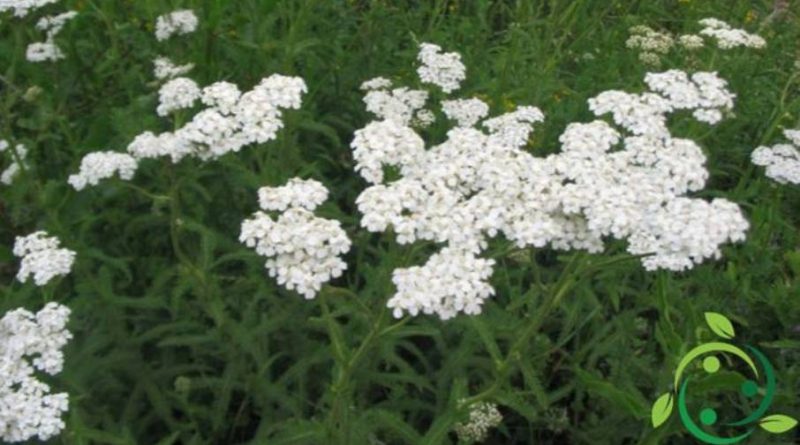How to grow the yarrow in a biological way
How to grow the yarrow in a biological way
The cultivation of the Achillea (Achillea millefolium L.) has often been carried out for ornamental purposes but its great peculiarities in respect to many physiological functions (digestive functions, gastrointestinal motility and elimination of gases, venous circulation function, contrast of cycle disorders) menstrual function, liver function, well-being of the nose and throat) make it the object of these further therapeutic peculiarities.
The Achillea, a very widespread plant in the United Kingdom, the homeland of the mixed border, is gradually spreading in Italy. Above all because some species are particularly suitable for dry and poor soils. The achillee prefer the sunny locations, developing without problems even in semi-shaded places, as long as they receive at least 4-5 hours of direct sunlight every day and do not fear the cold.
The Achillea are satisfied with the rains and endure even prolonged periods of drought; irrigation should therefore be limited to the planting phase and the hottest and driest periods. They fear stagnation. For this reason the soil must be well drained, even stony or sandy and slightly calcareous, so that the water flows easily and does not stagnate. Some varieties (especially the green leafy ones like filipendulina) prefer instead slightly heavier and fresher soils.
The Achillea is planted by seed in late summer or late winter in seedbeds. The young plants are planted when they are at least 20-30 cm tall. It is advisable to irrigate the plant without ever wetting the leaves so as not to cause fungal diseases. The rusticity of this plant allows you to cultivate it up to an altitude of 1500 meters. If the cultivation is not for ornamental purposes we can mulch the area with leaves or straw, especially if we live in cold areas and we planted the seedlings in the autumn months. Even if they grow in poor conditions and soil, an organic fertilization (not abundant) will obviously give it vigor and a greater flowering.
For plants with aesthetic purposes it is good to plant from 4 to 6 individuals per square meter. For cultivation treatments, it must be taken into account that these are not very demanding herbaceous plants. We will have to limit the removal of the faded flowers so that the plant is stimulated to produce others: in this way we will also avoid excessive self-dissembling that, at times, makes it invasive (especially the millefolium). At the end of winter you will have to remove all the dry to stimulate the new production of leaves and stems. We therefore recommend a division that should take place, around March, usually every 3-5 years. Its essential oils repel some insects and attract others, and this selective function is useful in the biodiversity balance of the vegetation zones where the plant resides and, therefore, the removal of the plant has negative effects on the biotic community.
Remember that it can suffer from the attack of aphids and mites and is especially sensitive to oidium. For a joint action against these adversities, horsetail preparations can be used.

